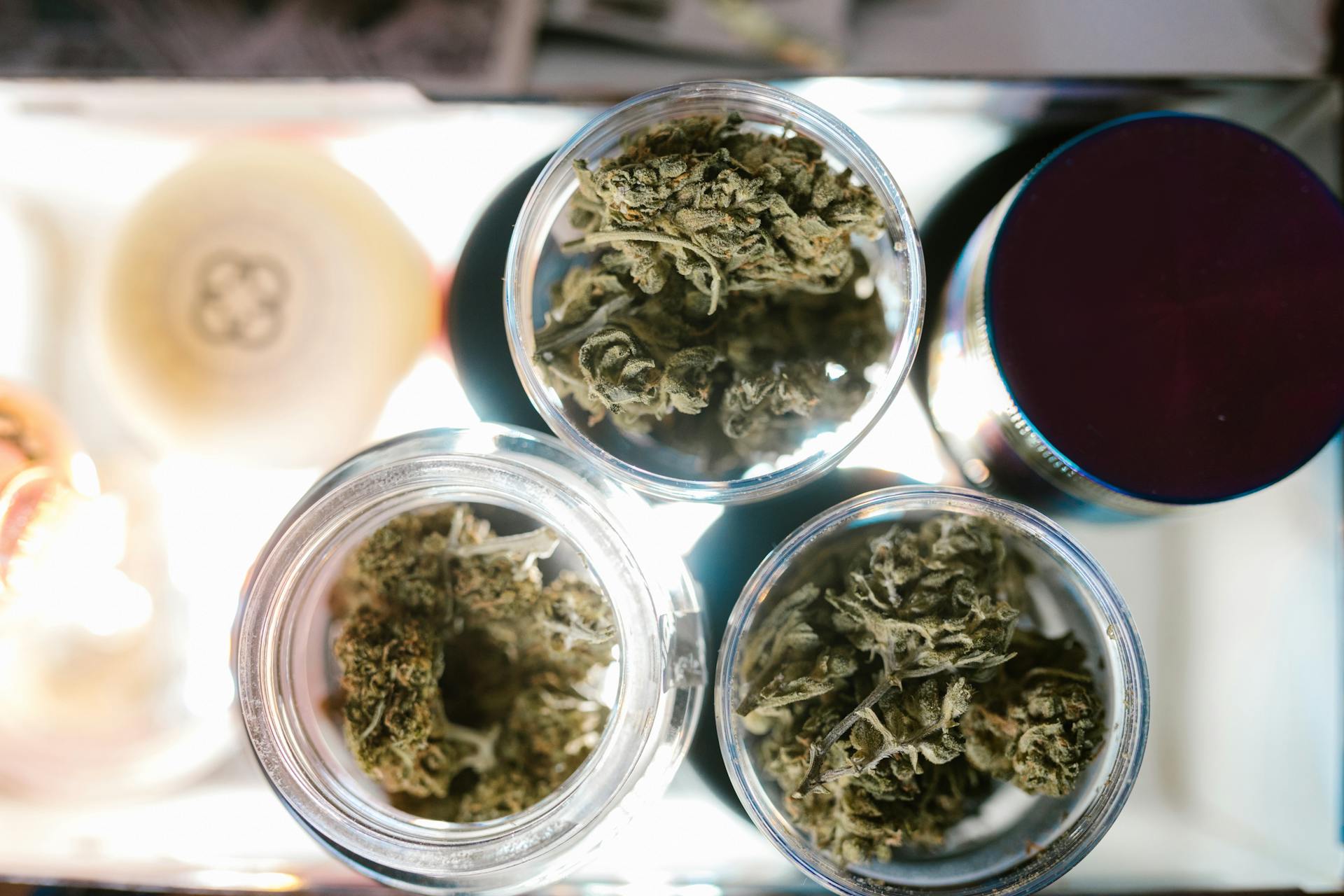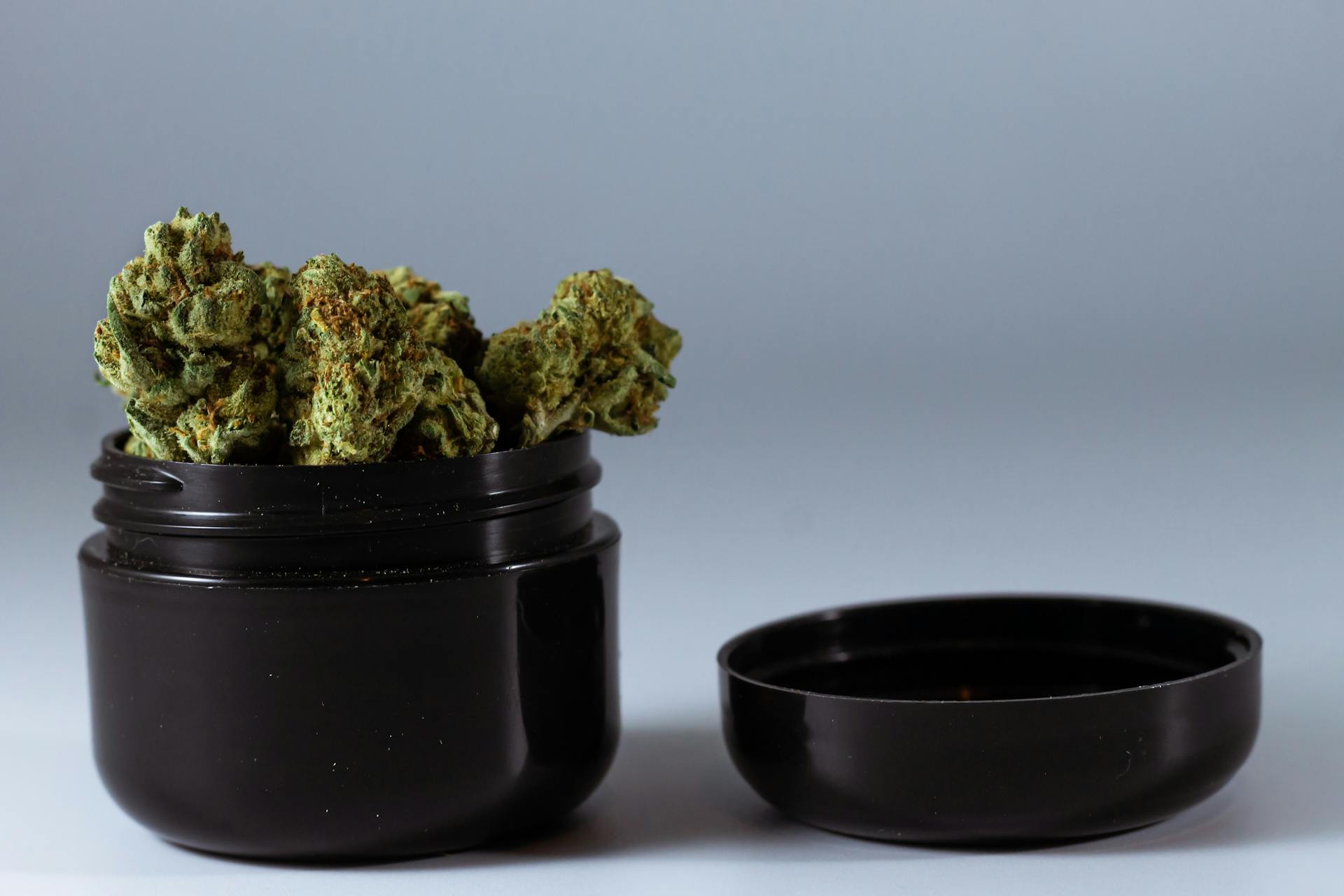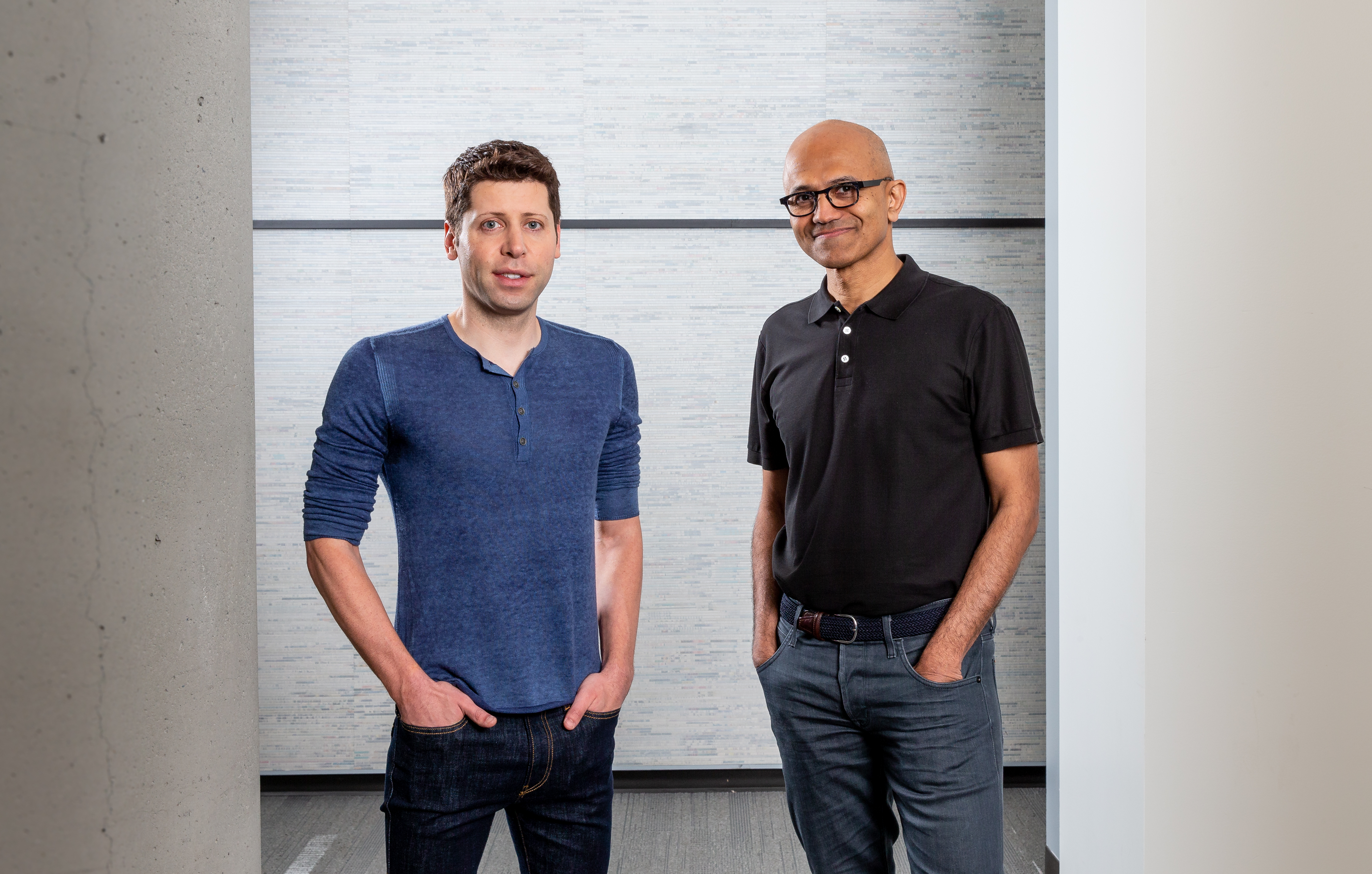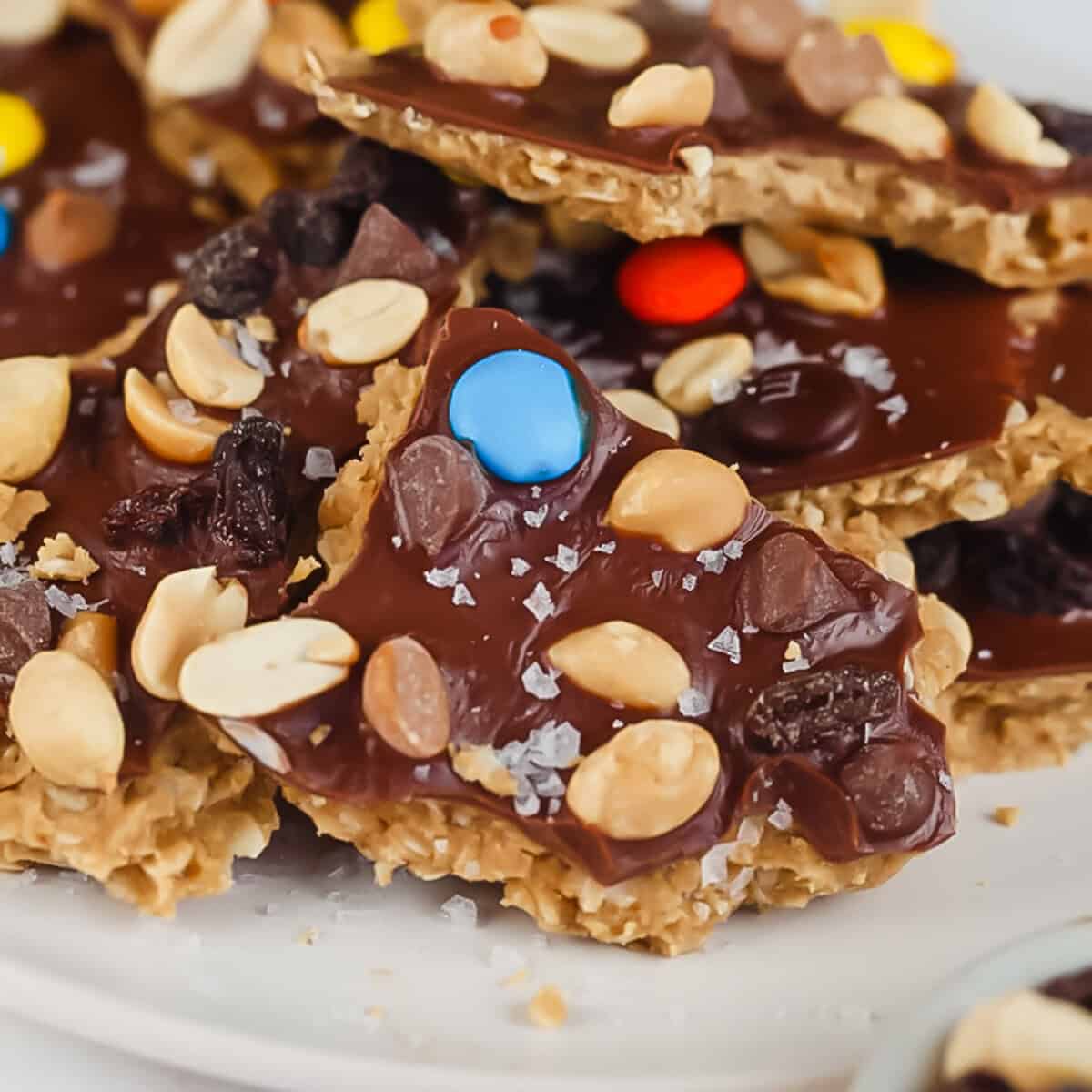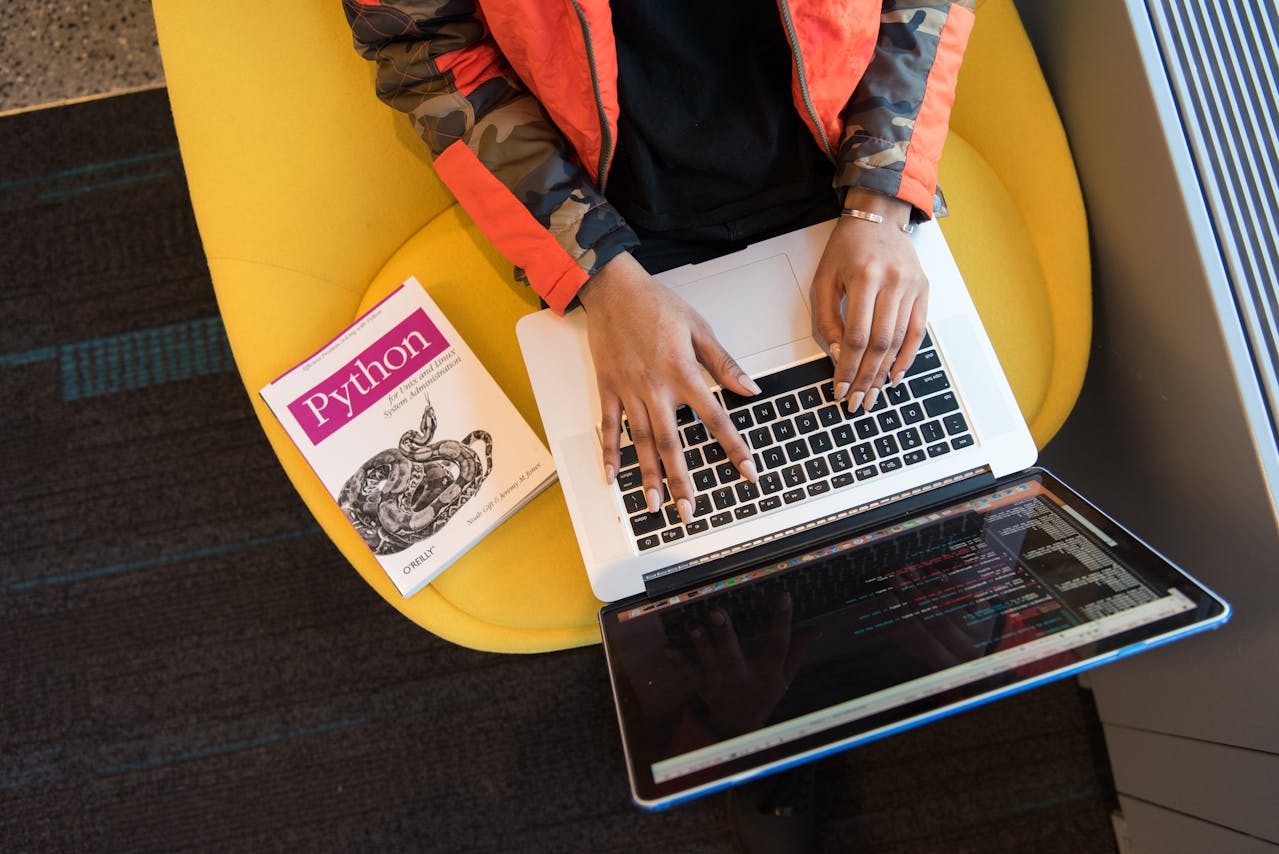5 Innovative Ways Packaging is Becoming More Environmentally Friendly
As environmental concerns grow, industries worldwide are focusing on sustainability, and the packaging sector is no exception. Traditionally, packaging has been one of the biggest contributors to environmental waste, with plastic pollution reaching alarming levels. However, innovative solutions are emerging to address these challenges, transforming the way products are packaged. 1. Biodegradable Materials: Packaging That […] The post 5 Innovative Ways Packaging is Becoming More Environmentally Friendly appeared first on Entrepreneurship Life.

As environmental concerns grow, industries worldwide are focusing on sustainability, and the packaging sector is no exception. Traditionally, packaging has been one of the biggest contributors to environmental waste, with plastic pollution reaching alarming levels. However, innovative solutions are emerging to address these challenges, transforming the way products are packaged.
1. Biodegradable Materials: Packaging That Breaks Down Naturally
One of the most significant innovations in environmentally friendly packaging is the development of biodegradable materials. Unlike traditional plastics, which take hundreds of years to decompose, biodegradable packaging is designed to break down more quickly and return to the environment without leaving harmful residues.
Biodegradable packaging is typically made from natural, renewable resources such as cornstarch, potato starch, and cellulose. These materials are engineered to degrade naturally in composting environments, making them an excellent alternative to petroleum-based plastics. Companies such as https://codefine.com/ are at the forefront of using biodegradable materials in packaging, offering solutions that help reduce plastic pollution while maintaining product quality.
Biodegradable materials not only reduce waste but also help decrease greenhouse gas emissions associated with plastic production. As these materials continue to evolve, they are becoming increasingly efficient, durable, and cost-effective for businesses.
2. Compostable Packaging: A Zero-Waste Solution
Compostable packaging takes the concept of biodegradability a step further. While biodegradable materials break down in natural environments, compostable packaging is specifically designed to decompose into nutrient-rich organic matter, which can be used to enrich soil. This makes compostable packaging a key component of a zero-waste future.
One of the primary benefits of compostable packaging is its ability to reduce landfill waste. When disposed of correctly, compostable packaging breaks down completely in a composting facility, leaving no harmful residues behind. Companies are pioneering the use of compostable materials in packaging, providing a sustainable alternative to plastic that also supports the circular economy.
Compostable packaging is especially beneficial for food products, as it can be composted along with food waste. This reduces contamination in recycling streams and supports the natural lifecycle of organic waste, creating a closed-loop system that minimises environmental impact.
3. Reduced Plastic Use: Moving Toward Plastic-Free Packaging
Reducing plastic use is one of the most urgent goals for the packaging industry. While plastic has long been favoured for its durability and low cost, its environmental consequences are undeniable. With millions of tons of plastic waste entering oceans each year, the need for plastic-free alternatives has never been more pressing.
Innovative companies are finding ways to reduce or eliminate plastic from their packaging. One such approach is replacing plastic with paper-based alternatives, which are both recyclable and biodegradable. For example, Codefine offers a range of plastic-free packaging solutions that help businesses meet sustainability goals without compromising on product protection or shelf life.
In addition to paper, companies are also experimenting with other materials like glass, aluminium, and bio-based plastics. These alternatives not only help reduce plastic pollution but also lower the carbon footprint associated with plastic production and disposal. By minimising the use of plastic, packaging companies are contributing to the global effort to combat plastic pollution and promote sustainable practices.
4. Minimalistic Packaging Design: Less is More
Minimalistic packaging design is another innovative trend driving sustainability in the packaging industry. By reducing the amount of material used in packaging, companies can minimise waste, reduce production costs, and lower carbon emissions associated with manufacturing and transportation.
The “less is more” approach to packaging focuses on using only the materials necessary to protect the product, eliminating excess layers and unnecessary components. This not only reduces the environmental impact but also creates a cleaner, more streamlined appearance that appeals to eco-conscious consumers.
5. Recyclable Packaging: Closing the Loop on Waste
Recycling is one of the most effective ways to reduce waste and conserve resources, and recyclable packaging is playing a crucial role in this effort. Recyclable packaging is designed to be processed and reused to create new products, closing the loop on waste and supporting a circular economy.
Innovations in recyclable packaging are making it easier for consumers to participate in sustainable practices. Many companies are now incorporating clear recycling instructions on their packaging, making it simple for customers to know how to properly dispose of their materials.
Codefine is committed to providing recyclable packaging solutions that not only meet the needs of businesses but also promote environmental responsibility. By offering materials that can be easily recycled, they are helping reduce the demand for virgin resources and diverting waste from landfills.
The packaging industry is undergoing a significant transformation, driven by the need for more environmentally friendly solutions. From biodegradable materials to minimalistic designs, these innovations are making a tangible difference in reducing the environmental impact of packaging.
There are several companies at the forefront of this movement, offering a wide range of sustainable packaging options that help businesses meet their environmental goals without sacrificing quality or performance. As these technologies continue to evolve, the future of packaging looks greener, cleaner, and more sustainable, contributing to a healthier planet for generations to come.
By embracing these innovative solutions, businesses can play a vital role in reducing waste, conserving resources, and promoting a more sustainable future. Whether it’s through compostable packaging, reducing plastic use, or designing minimalistic solutions, the packaging industry is proving that sustainability and efficiency can go hand in hand.
The post 5 Innovative Ways Packaging is Becoming More Environmentally Friendly appeared first on Entrepreneurship Life.
What's Your Reaction?























